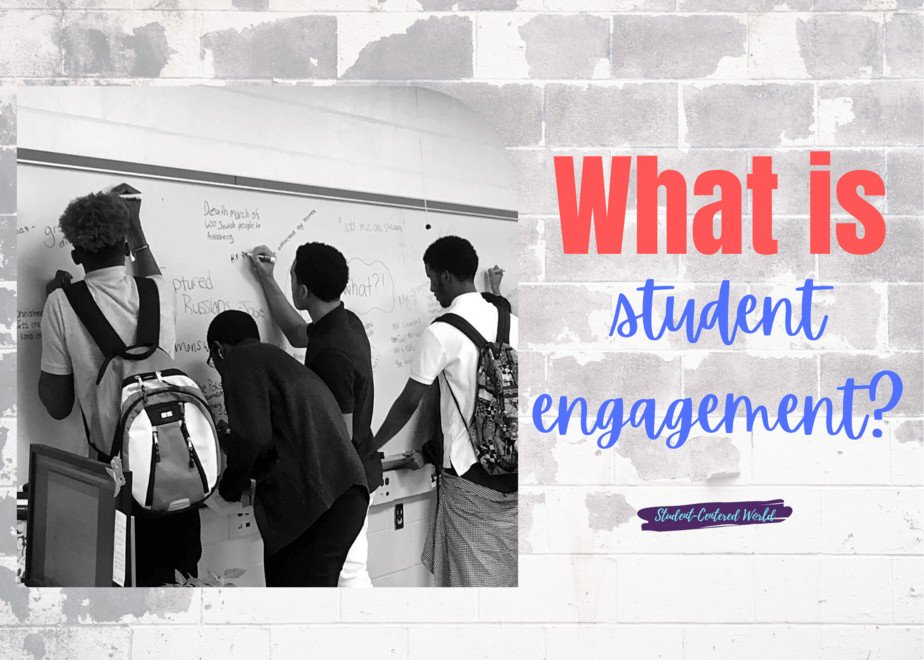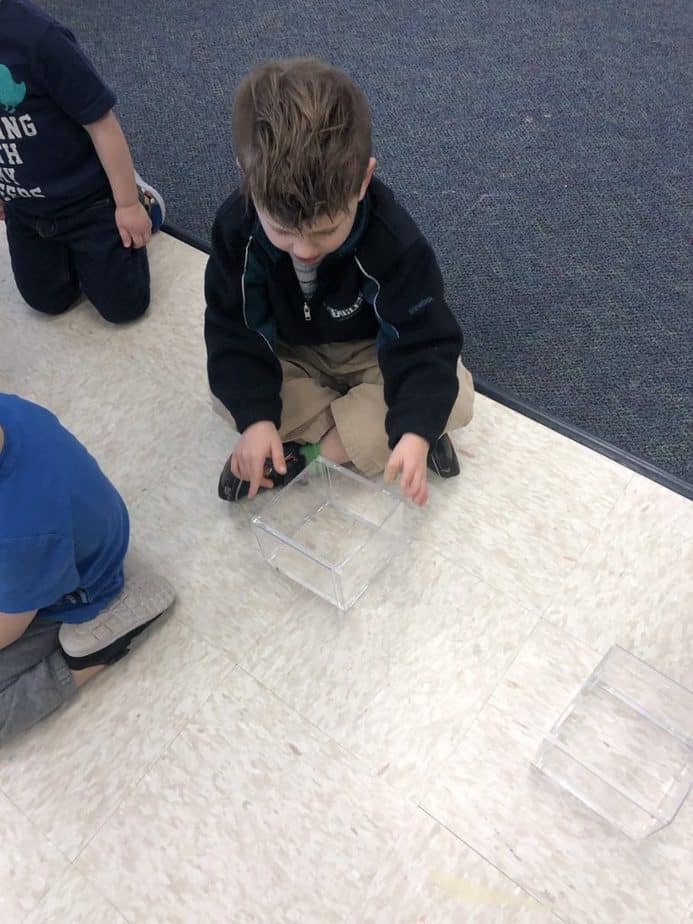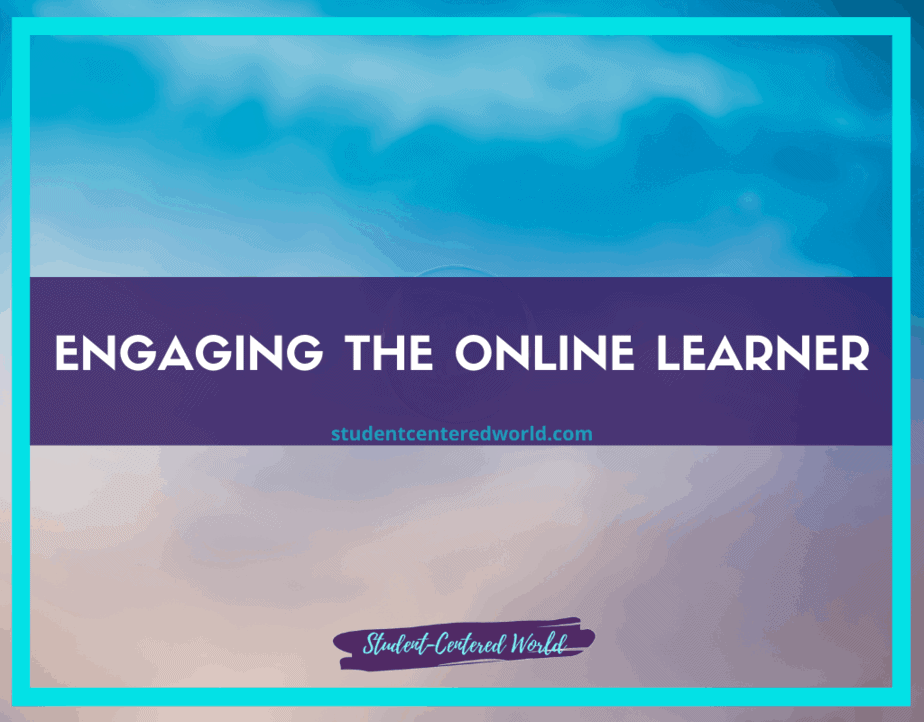What is Student Engagement in K-12 & Why is It Alluring Now?
Click above to listen to Podcast Episode 48: “What is Student Engagement (and why is it alluring now)?“
The term “student engagement” is ubiquitous in educational circles, yet its definition often remains elusive. For teachers, administrators, and parents, having a clear, actionable understanding of this concept is the foundational first step toward improving student success. Without a shared definition, efforts to boost engagement are scattered and ineffective. So, what truly is the definition of student engagement?
At its core, student engagement is the degree of attention, curiosity, interest, optimism, and passion that students show during the learning process. It is the visible energy and effort a student invests in their own educational experience, manifesting across different types of student engagement—behavioral, emotional, and cognitive.
When we ask, “What is student engagement?” we are ultimately seeking to understand what drives a student to participate willingly, actively, and excitedly in their own growth. This goes beyond simple participation; it describes a student’s active and invested mental state in the classroom, where they are not just present, but are genuinely connected to the subject matter and the journey of learning itself.
The Multifaceted Nature of Student Engagement
The concept of student engagement is not one-dimensional. Modern educators recognize that it comprises several interconnected types of engagement that collectively influence academic achievement. These are often referred to as the dimensions of student engagement:
- Behavioral Engagement: This involves a student’s active participation in academic and social activities. It includes effort, persistence, and positive conduct. An engaged student behaviorally completes tasks, follows guidelines, and contributes to class discussions and group activities. This dimension is often the most visible to educators, serving as a primary indicator of a student’s involvement. However, it’s crucial to distinguish between mere compliance and genuine behavioral engagement.
True behavioral engagement is marked by a student who not only completes assignments but also takes initiative: volunteering answers, asking insightful questions, and helping to manage small groups during collaborative work. In higher education institutions, this might translate to consistent attendance at lectures and office hours. For school leaders, fostering this type of engagement often involves creating clear success criteria and recognizing effort, which reinforces positive attitudes toward the learning process.
Ultimately, sustained behavioral engagement is a powerful predictor of student achievement because it represents the tangible application of energy toward academic success. - Emotional Engagement: This dimension encompasses a student’s emotional reactions in the school environment. It includes their sense of belonging, interest, enjoyment, and the value they attach to their education. Positive relationships with teachers and peers are crucial here, as they create a safe and supportive climate for learning. When students feel emotionally connected, they are more likely to invest themselves in the student experience. This connection is a cornerstone of intrinsic motivation, driving learners to persevere through challenges not for external rewards, but for the satisfaction of the learning itself.
A student with high emotional engagement might express genuine excitement about a project, feel a sense of pride in their student work, or develop strong connections through extracurricular activities that enrich campus life. Educators can nurture this by designing lessons that connect to students’ personal interests and by using strategies that build classroom community, ensuring every student feels seen and valued. - Cognitive Engagement: This is the investment of mental energy required to comprehend complex concepts and master difficult skills. It is synonymous with intellectual engagement and is demonstrated through critical thinking, problem solving, and a drive for mastery rather than just a correct answer. This is the dimension where deep, lasting learning truly takes root. A cognitively engaged student doesn’t just memorize facts; they question, analyze, and synthesize information. They might draw connections between historical events and current affairs in social studies, or apply a mathematical principle to a real-world scenario.
This deep cognitive engagement is often cultivated through challenging, open-ended tasks like case studies and group discussions that require evidence-based reasoning. It’s about encouraging a mental state of curiosity and resilience. When students are cognitively engaged, they take ownership of their own learning, viewing challenges as opportunities to grow. This investment is essential for mastering complex concepts and achieving profound learning outcomes, moving beyond superficial understanding to genuine expertise in the subject matter.

Understanding these dimensions is critical because they directly impact student performance and learning outcomes. According to a study in the Journal of Educational Research, both behavioral engagement (effort and perseverance) and emotional engagement (sense of belonging) significantly predict reading performance, with the effect of emotional engagement often being mediated through behavioral engagement.
Moving Beyond Compliance to Foster Mastery
A pivotal question in education is: Are we prioritizing compliance or mastery? The traditional system often rewards compliance…meeting deadlines, quietly completing worksheets, and following instructions without question. However, this approach frequently fails to cultivate deep cognitive engagement.
This is where the misunderstood concept of “rigor” comes into play. As education experts like Doug Fisher and Nancy Frey of San Diego State University have emphasized, rigor is not about piling on more work. True rigor challenges students to question assumptions, analyze information, and synthesize new ideas. It’s about encouraging them to engage with course content on a deeper level.

For instance, a multiple-choice test that assesses memorization is less rigorous than a project that requires students to analyze case studies, defend a position using evidence, and arrive at a novel interpretation. The latter fosters intrinsic motivation and a genuine ownership of their own learning.
Strategies to Cultivate Engagement Across All Dimensions
Creating learning environments that foster all types of engagement requires intentionality. Here are some best practices that play a key role in promoting an engaged student body:
- Foster Positive Relationships: The teacher-student relationship is one of the main factors in student engagement, acting as the bedrock upon which all other strategies are built. When students feel known, valued, and respected as individuals, their emotional engagement and their sense of belonging soar. This goes beyond simply learning names; it involves understanding students’ backgrounds, interests, and strengths.
A teacher who shows genuine care creates a psychological safe space where students feel comfortable taking academic risks, asking questions, and sharing their student voice without fear of judgment. This extends to school leaders who are responsible for creating a supportive and inclusive academic environment for the entire school community. When the entire school culture prioritizes positive relationships, it directly impacts mental health and reinforces a collective commitment to student success.
This foundational work makes students more receptive to the learning process and is a non-negotiable prerequisite for deep, sustained engagement across all grade levels. - Implement Active Learning Strategies: Passive listening is one of the least effective methods for sustaining the degree of attention necessary for deep learning. Instead, incorporate active learning techniques that demand student participation and transform students from passive recipients into active co-creators of knowledge. This shift is crucial for fostering cognitive engagement and intellectual engagement. By regularly integrating these strategies, educators can ensure that class time is dynamic and responsive to student learning needs.
- Small Groups: Using small groups or small group discussions is a great way to democratize the classroom. It allows for more student voice and collaborative learning, as students who may be hesitant to speak in a whole-class setting often feel empowered to share their ideas with a few peers. This structure encourages students to articulate their thinking, negotiate meaning, and learn from one another, thereby deepening their understanding of the subject matter.
- Open-Ended Questions: Posing questions without a single correct answer is a powerful tool for stimulating critical thinking and meaningful related discussion. Instead of asking, “What year did the event happen?” a teacher might ask, “What were the converging factors that made this event inevitable, and what might have been a different path?” This requires students to analyze, synthesize, and evaluate information, moving beyond simple recall to genuine intellectual inquiry.
- Minute Paper: This simple, low-stakes assessment technique provides an immediate and invaluable snapshot of the level of engagement and understanding in the room. A quick, end-of-class writing prompt asking students to summarize the key point or pose a remaining question offers real-time feedback for the instructor and helps students consolidate their own learning before moving on.
- Design Meaningful and Relevant Work: To ignite intrinsic motivation, it is essential to connect the course content to students’ lives, interests, and future aspirations. When students see the purpose and relevance behind an assignment, they are more likely to invest genuine effort. Allowing for creative expression and choice in how they demonstrate learning, such as through a podcast, a visual presentation, or a written report, empowers them and strengthens their ownership of their own learning.
This approach acknowledges that there are different ways to demonstrate mastery and honors the diverse talents within a classroom, making the work itself a more authentic and engaging experience. - Create a Culture of Visible Learning: Making the learning process transparent is a cornerstone of good educational practice. When learning goals and success criteria are explicitly clear and co-constructed with students, they understand not just what they are learning, but why it matters and how they can be successful. This clarity demystifies academic success and empowers students to self-assess and set goals.
Visible learning involves regularly reflecting on progress, using models of strong student work, and creating an environment where mistakes are viewed as opportunities for growth. When students can see their own progression and comprehend their role in the journey, they are far more likely to be cognitively and behaviorally invested in achieving the desired learning outcomes.
The Critical Importance of Engagement for All Students
The importance of student engagement cannot be overstated. In recent years, research has consistently linked higher engagement to improved academic performance, higher retention rates, and better mental health. This is true across all grade levels, from elementary school to higher education institutions. Engaged students are not just memorizing facts; they are developing the critical thinking and problem-solving skills essential for long-term success.
The correlation is clear: when students are actively involved in the learning process, they achieve stronger academic outcomes and are more likely to persist in their educational journeys.
Initiatives like the Community College Survey of Student Engagement (CCSSE) have highlighted how student involvement in campus life and the classroom is a primary driver of academic success. When students from diverse backgrounds feel engaged, they develop more positive attitudes toward learning and achieve greater academic achievement. This is because engagement fosters a powerful students’ sense of belonging and validation, which is especially crucial for supporting students from historically marginalized groups. When they see their identities and experiences reflected in the curriculum and campus culture, their investment in their own success deepens significantly.

Engagement also extends beyond the traditional classroom. Non-credit experiences like clubs, sports, and arts programs provide a great way to build a student’s sense of belonging and community, which in turn fuels their engagement in academic pursuits. These activities offer vital opportunities for creative expression, leadership development, and the formation of positive relationships with peers and mentors. This holistic approach to engagement ensures that education addresses the whole child, intertwining academic engagement with social and personal development to create a truly transformative educational experience.
Conclusion: Finding Your Engagement Formula
So, what is student engagement? It is the deliberate orchestration of the learning experience to foster the mental state students need to invest their attention and passion. It is about shifting from a model of information delivery to one of co-creation, where the teacher designs the conditions for active participation and the student takes ownership of their own learning.
For educators, especially seasoned ones, this shift can feel daunting. It isn’t about discarding all existing materials, but about “repackaging” them. It’s about finding your unique “student engagement formula”, a blend of strategies that aligns with your style and resonates with your students. This formula is the key to unlocking the potential in every learner, ensuring we prepare them not for the world that was, but for the world that awaits.
By focusing on the full spectrum of dimensions of student engagement, we move beyond a different definition of schooling and toward a more impactful, humane, and effective educational experience for all. This is, ultimately, the very foundation of student success.
This article was originally posted on May 15, 2021.




